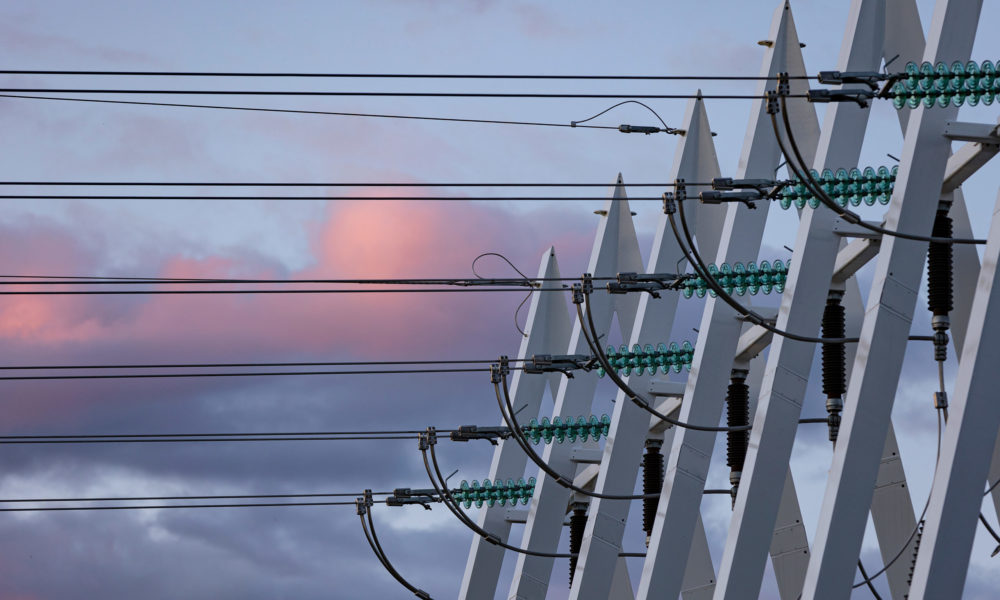“Last autumn, we specified the technical grid code requirements for converter connected grid energy storage facilities connected to the power system of Finland, and we submitted our proposal to the Energy Authority for commenting. We anticipate that the Energy Authority confirms the requirements in spring 2020. We have not yet connected any energy storage facilities to the main grid, but we will probably do so soon,” says Antti Kuusela, an Expert at Fingrid.
At present, Finland’s largest grid energy storage facility is a six-megawatt facility at the Viinamäki wind farm, but it has not yet been commissioned.
“The grid code requirements are set according to the size of the facility from class A to class D. Almost all of the grid energy storage currently in use in Finland belongs to class A, meaning that the capacity is less than one megawatt. It is important that the grid energy storage facility remains within the frequency and voltage range specified in the requirements when it is connected to the grid and that it can withstand the voltage and frequency fluctuations that occur in the power system. Grid energy storage is typically used to deliver a frequency-controlled reserve.”
Fingrid ensures that the main grid operates reliably.
“The combined effect of grid energy storage must be taken into consideration when assessing the operating capacity of the main grid. It is in everyone’s interests to have coherent requirements and a functioning system,” Kuusela summarises.






